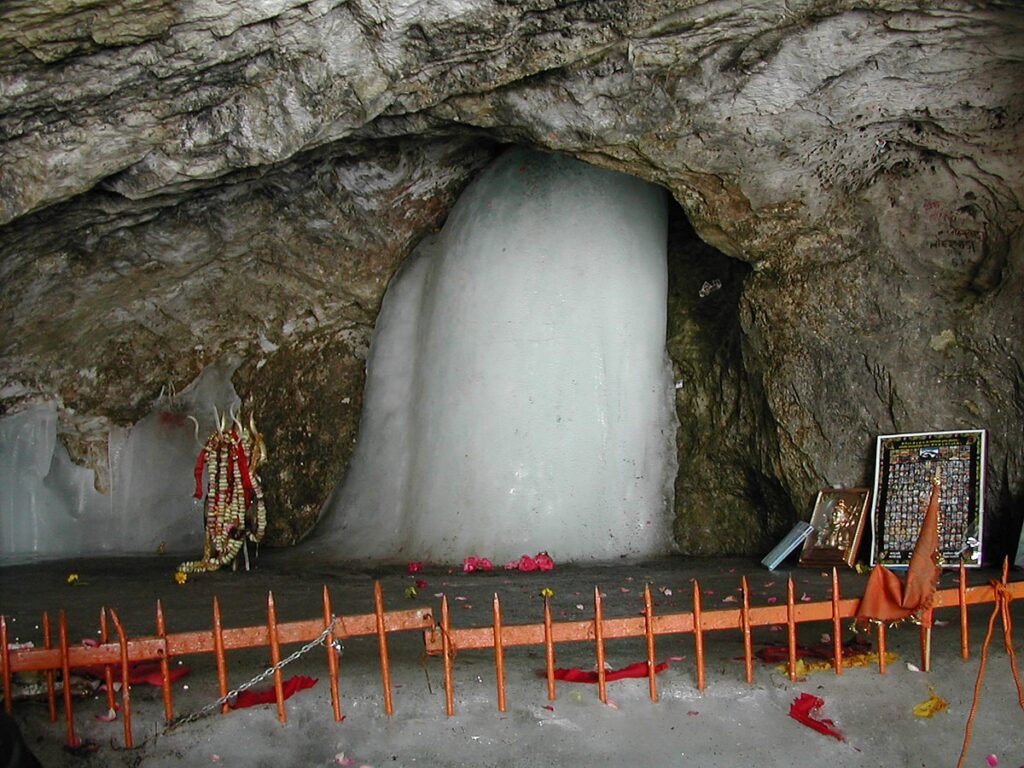
The Shri Amarnath Ji Yatra 2025 is set to commence on July 3, 2025, and conclude on August 9, 2025, coinciding with Raksha Bandhan. Pilgrims can undertake the journey via two primary routes: the traditional Pahalgam route in Anantnag district and the shorter, steeper Baltal route in Ganderbal district .
Surge in Online Registrations
The online registration process for the Amarnath Yatra 2025 began on April 14, 2025, through the official Shri AmarnathJi Shrine Board (SASB) website. Pilgrims are required to upload a recent passport-size photograph, a Compulsory Health Certificate (CHC) issued after April 15, 2025, and a valid ID proof. The registration fee is approximately ₹220 .
As of May 2025, over 3.5 lakh pilgrims have registered online, indicating a significant interest in the pilgrimage. This surge in registrations reflects the growing popularity of the yatra and the convenience offered by the online registration system.
Yatri Niwas in Jammu: A Modern Upgrade
To accommodate the increasing number of pilgrims, the Jammu administration has established 33 accommodation centers across the district, including Sabhas, Sarais, and Lodges. At Bhagwati Nagar-based Yatri Niwas, only registered pilgrims will be allowed entry .
Additionally, a new Yatri Niwas with a capacity to accommodate 30,000 devotees is under construction in the Majeen area of Jammu. This facility, being developed under the Corporate Social Responsibility (CSR) initiative of Oil and Natural Gas Corporation Limited (ONGC) at a cost of ₹51 crore, aims to provide accommodation for pilgrims, particularly those from weaker sections. The facility is expected to ease traffic management and ensure a seamless experience for devotees .
Enhanced Safety Measures
In light of recent security concerns, including tensions along the India-Pakistan border and a terror attack in Pahalgam, there has been a noticeable decline in bookings from Gujarat. Tour operators report a sharp drop in new reservations, with many pilgrims adopting a “wait and watch” approach .
To address these concerns, the administration has implemented several safety measures, including:
- RFID Tags: Issued at registration centers to track and monitor pilgrims.
- Tatkal Registration: Facilitated at prominent locations in Jammu city for urgent cases.
- Accommodation Centers: Established at key locations to provide shelter and ensure the safety of pilgrims.
Conclusion
The Amarnath Yatra 2025 is poised to be a significant event, with a record number of pilgrims registering online and substantial upgrades to accommodation facilities in Jammu. While security concerns have impacted bookings from certain regions, the administration’s proactive measures aim to ensure a safe and smooth pilgrimage experience for all devotees.

